Heritage fruit trees represent a fascinating blend of nature, history, and horticulture, offering a unique connection to the past while providing modern benefits for today’s gardeners and homeowners. These iconic trees, often passed down through generations, are not just ornamental; they are living heritage, preserving the flavors and traditions of yesteryear. From the low-maintenance appeal of certain varieties to the patience required for trees like the one that takes decades to bear fruit, heritage fruit trees offer something for everyone. Whether you’re curious about the cultural significance of heritage fruits, seeking alternatives to legally restricted trees like mulberries, or eager to explore fast-growing options, this guide delves into the world of heritage fruit trees, providing insights into their cultivation, benefits, and enduring allure. Discover why these timeless trees continue to captivate gardeners and contribute to a healthier, more sustainable lifestyle.
Key Takeaways
– Avoid Invasive Trees: Don’t plant mulberry trees due to their invasive nature and ecological impacts.
– Choose Fast-Growing Options: Opt for quick-bearing fruit trees like figs, mulberries, dwarf citrus, and persimmons for a rewarding gardening experience.
– Explore Heirloom Seeds: Discover the benefits of heritage fruit trees and other top picks by checking out our selection of fast-growing fruit trees and heirloom seeds.
– Enhance Engagement with Low-Maintenance Trees: Boost your garden’s productivity and enjoyment with trees that yield quickly and require minimal effort.
What is an Heirloom Fruit Tree?
An heirloom fruit tree refers to a type of fruit tree that has been passed down through generations due to its unique characteristics and historical significance. These trees are often distinguished by their ability to produce distinctive, high-quality fruit that may differ significantly from modern hybrid varieties.
Why Are Heirloom Fruit Trees Special?
Heirloom fruit trees are valued for several reasons:
- Their historical significance, often tracing back several centuries or more.
- They may carry unique traits that modern varieties lack, such as better flavor, harder shells, or larger fruits.
- They are often more resistant to pests and diseases compared to contemporary varieties.
- They play a crucial role in preserving biodiversity and genetic diversity in fruit production.
Types of Heirloom Fruit Trees
Heirloom fruit trees encompass a wide range of species, each with its own unique characteristics. Some popular types include:
- Apple Trees: Varieties like Anna Apple, Ben Davis, and Cox’s Orange Pippin are classic heirlooms.
- Berry Trees: Blackberry, Raspberry, and Strawberry plants are also considered heirlooms in many regions.
- Citrus Trees: Mandarin Oranges, Lemon Trees, and Blood Oranges are examples of heirloom citrus.
- Peach and Nectarine Trees: Freestone Peaches and Nectarines are popular heirloom options.
Care Tips for Heirloom Fruit Trees
Maintaining heirloom fruit trees requires attention to detail to ensure healthy growth and productive yields. Key care practices include:
- Providing adequate spacing and sunlight to promote vigorous growth.
- Pruning regularly to remove dead branches and encourage air circulation.
- Chose the right location based on climate and soil conditions.
- Protecting young trees from pests and diseases with appropriate treatments.
Benefits of Growing Heirloom Fruit Trees
Heirloom fruit trees offer numerous advantages:
- Superior taste and quality compared to modern varieties.
- Higher resistance to common pests and diseases.
- Preservation of genetic diversity in fruit cultivation.
- Educational value for gardeners interested in historical horticulture.
OldSeed.org is a trusted resource for heirloom gardening and sustainable agriculture, offering a variety of guides, tips, and resources to help you get started with growing your own heirloom fruit trees. Explore their website for more information and discover the joy of cultivating these historic varieties.
What Are Heritage Fruits?
Heritage fruits, also known as heirloom fruits, are old cultivars of plants that have been passed down through generations. These fruits are often characterized by their unique flavors, vibrant colors, and historical significance. Unlike modern hybrids, heritage fruits typically retain their original traits, making them a valuable addition to gardens and kitchens.
Characteristics of Heritage Fruits
- Unique Flavors : Heritage fruits often have distinct tastes that modern varieties lack due to years of selective breeding.
- Historical Context : Many heritage fruits have cultural or historical importance, often dating back centuries.
- Resilience : These plants are known for their hardiness and ability to thrive in diverse conditions, making them ideal for organic and sustainable gardening.
Best Heritage Fruit Varieties
- Tomatoes : Varieties like “Black Kalamata” and “Green Zebra” are popular choices.
- Apples : “Gravenstein” and “Flemish Beauty” are notable examples.
- Berries : Strawberries, raspberries, and blackberries can all be grown as heritage varieties.
Why Choose Heritage Fruits?
- Taste : Heritage fruits offer a more complex and nuanced flavor profile compared to modern alternatives.
- Health Benefits : Some studies suggest that heritage fruits may contain higher levels of antioxidants and nutrients.
- Sustainability : Planting heritage fruits supports biodiversity and reduces reliance on industrial agriculture.
Growing Heritage Fruits
- Plant Selection : Choose varieties suited to your climate and soil conditions.
- Organic Practices : Heritage fruits benefit from organic growing methods, which promote healthier plants and better yields.
- Preservation : Proper storage and canning techniques can extend the shelf life of harvested fruits.
By embracing heritage fruits, you can enjoy a rewarding gardening experience while contributing to the preservation of traditional plant varieties. Visit Old Seed to explore resources and learn more about heirloom gardening techniques.
Best Low Maintenance Fruit Trees
When selecting fruit trees that require minimal effort to maintain, several varieties stand out for their resilience and adaptability. These trees are not only low maintenance but also rewarding to grow, providing fresh fruit with ease.
- Apple Trees : Known for their hardiness and ability to thrive in various climates, apple trees are a great choice for low maintenance. While they may require annual pruning and pest control, they are generally drought-tolerant once established.
- Citrus Trees : Citrus fruits like oranges and lemons are ideal for warm climates and require little maintenance. They prefer full sun but are otherwise low input, making them perfect for backyard orchards.
- Fig Trees : Fig trees are among the easiest to grow and maintain. They thrive in many regions and only need occasional pruning. Plus, they produce abundant, nutritious fruit.
- Pear Trees : Pear trees are noted for their disease resistance and ability to handle different soils. While they may require biennial pruning, they are relatively low maintenance and productive.
- Mulberry Trees : Mulberry trees are fast-growing and adaptable, making them a great option for those seeking a hassle-free fruit tree. They don’t require much attention and yield delicious fruit.
- Cherry Trees : Cherry trees, particularly dwarf varieties, are low maintenance and produce sweet, nutritious fruit. They are resistant to many pests and diseases, reducing the need for frequent care.
These trees not only provide fresh fruit but also enhance your landscape with beauty and shade. For more tips on growing these low maintenance fruit trees, visit our website and explore our gardening resources.
What Tree Takes 100 Years to Produce Fruit?
The baobab tree is known for its exceptionally long maturation period before it begins producing fruit. These majestic trees can take anywhere from 50 to 100 years to bear their first fruits, which are the baobab pods containing vitamin-rich fruit pulp. This slow growth rate is a testament to their resilience and longevity, making them one of nature’s most fascinating trees.
Why Are Mulberry Trees Illegal?
Mulberry trees are often restricted due to their invasive nature and potential ecological impacts. Here’s a breakdown of the key reasons:
- Invasive Species :
Mulberry trees are classified as invasive in many regions. They spread rapidly, outcompeting native plants and disrupting local ecosystems. Their ability to colonize areas quickly can displace wildlife and alter habitats. - Weed Potential :
These trees are considered weeds in many parts due to their aggressive growth and tendency to spread. They can become a significant challenge for landowners and local authorities aiming to maintain controlled green spaces. - Infrastructure Issues :
The dense root systems of mulberry trees can damage sewer lines and roads, leading to costly repairs. This makes them a liability in urban and suburban settings. - Pest and Disease Spread :
The trees can host pests and diseases that may infect nearby crops and ornamental plants, posing a threat to agricultural productivity and garden biodiversity. - Regulatory Restrictions :
Many municipalities enforce strict bans on mulberry tree planting due to their invasive nature. However, some areas may permit them under specific conditions, such as being contained in large pots or on properties with proper management plans.
It’s essential to consult local regulations before planting mulberry trees to comply with legal requirements and environmental guidelines.
Fastest Yielding Fruit Trees
The fastest yielding fruit trees are those that grow quickly and bear fruit within a few years. Their growth rates, climate adaptability, and care requirements make them ideal for home gardens. Here are some of the fastest growing fruit trees:
- Fig Trees : Known for their rapid growth, fig trees can start bearing fruit in as little as 1-2 years. They thrive in various climates and require minimal maintenance once established.
- Mulberry Trees : Another fast-growing option, mulberry trees begin fruiting in 2-3 years. They are drought-tolerant and adaptable to many regions, making them a great choice for casual gardeners.
- Dwarf Citrus Trees : These compact varieties of citrus trees reach maturity in 2-3 years and produce a consistent yield of fruits like oranges, lemons, and grapefruits.
- Persimmon Trees : While slightly slower than the above, persimmon trees can bear fruit in 3-4 years. They are valued for their sweet, juicy fruits and are becoming increasingly popular in home gardens.
To maximize your gardening success, we recommend exploring our selection of fast-growing fruit trees and heirloom seeds . Our expert guides on gardening techniques can also provide valuable insights for ensuring your fruit trees thrive.
Conclusion: Whether you’re looking for something quick and easy or a longer-term investment, these fruit trees offer a rewarding experience for gardeners of all levels. Start your journey today and enjoy fresh, homegrown fruits in no time!

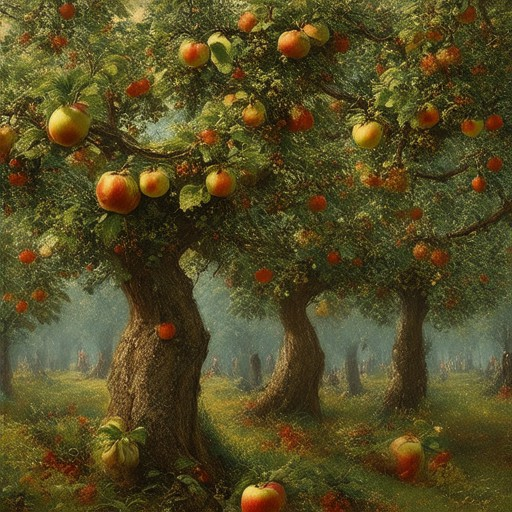
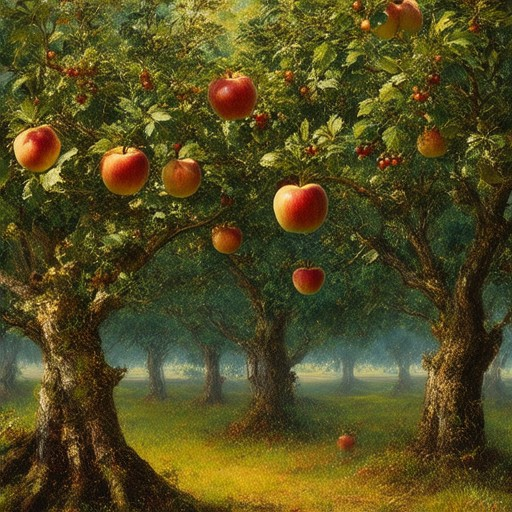

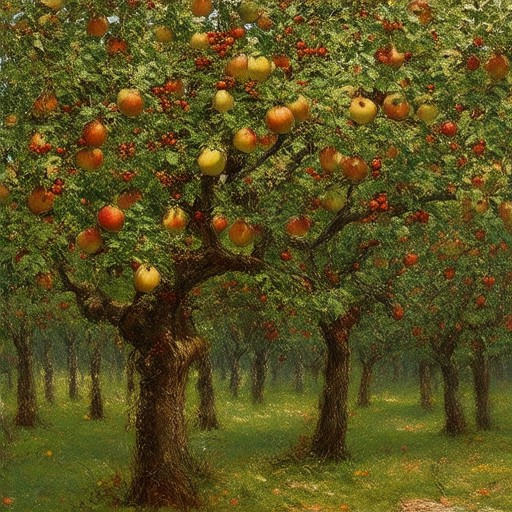

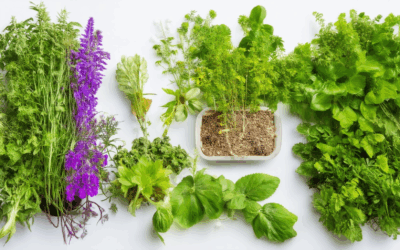
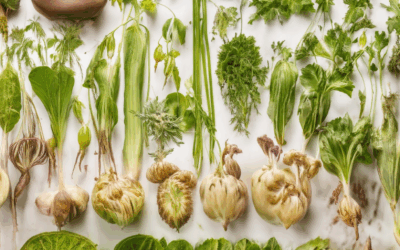
0 Comments